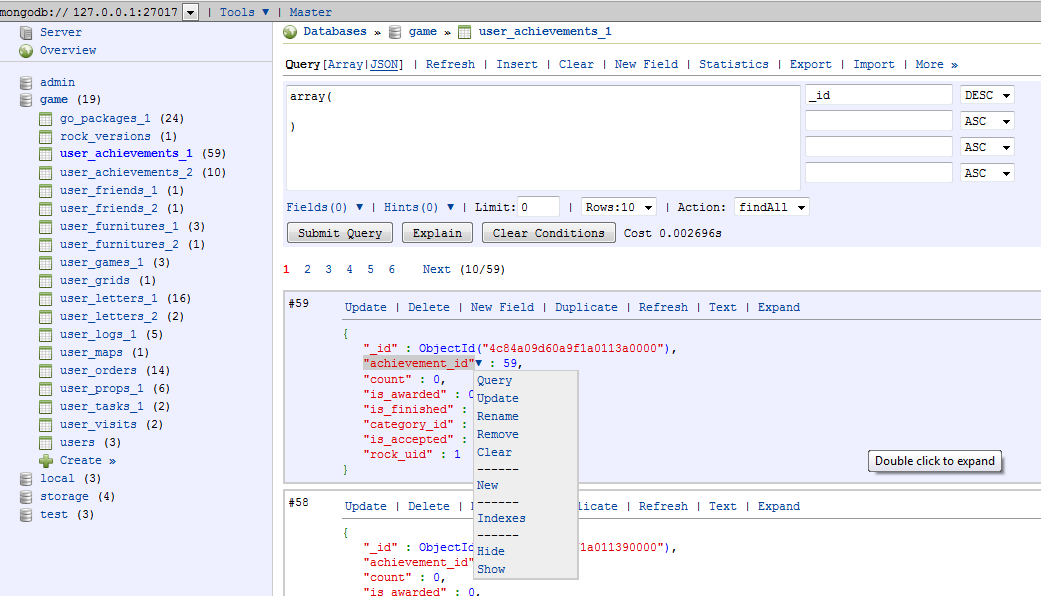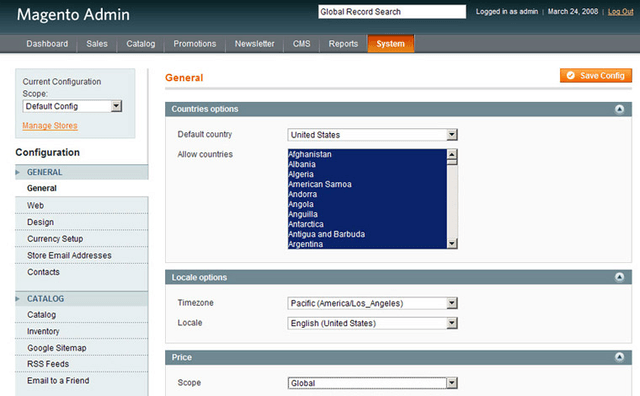

- Bitnami mean stack rockmongo login information how to#
- Bitnami mean stack rockmongo login information code#
The Passport module should be required at the top of the file with the other general require statements: var express = require ( 'express' ) var path = require ( 'path' ) var favicon = require ( 'serve-favicon' ) var logger = require ( 'morgan' ) var cookieParser = require ( 'cookie-parser' ) var bodyParser = require ( 'body-parser' ) var passport = require ( 'passport' ) The placement of all of these items inside app.js is quite important, as they need to fit into a certain sequence. So in app.js we need to require the Passport module, require the Passport config and initialize Passport as middleware. Now Passport just needs to be added to the application. Note how the validPassword schema method is called directly on the user instance. This holds the routes, controllers and model, and is organized like this:Īt this starting point, each of the controllers simply responds with a confirmation, like this: module.
Bitnami mean stack rockmongo login information code#
The code for the API is all held in another folder inside the Express app, called api. /api/profile/USERID (GET) - to return profile details when given a USERID./api/login (POST) - to handle returning users logging in./api/register (POST) - to handle new users registering.We’ll also start off with the skeleton of a REST API built with Node, Express and MongoDB, using Mongoose to manage the schemas. If you’re unfamiliar with the Angular CLI, refer to the Angular 2 Tutorial: Create a CRUD App with Angular CLI to get started. We’ll use the Angular CLI for building and running the local server. All the files for the Angular app are in a folder inside the Angular CLI app called /client. The profile page will only be accessible to authenticated users. The pages are pretty basic and look like this to start with:


To keep the example in this article simple, we’ll start with an Angular app with four pages:
Bitnami mean stack rockmongo login information how to#
(For instructions on how to install, please refer to Mongo’s official documentation - Windows, Linux, macOS). To run the application, you’ll need to have Node.js installed, along with MongoDB. The code for this article is available on GitHub.


 0 kommentar(er)
0 kommentar(er)
